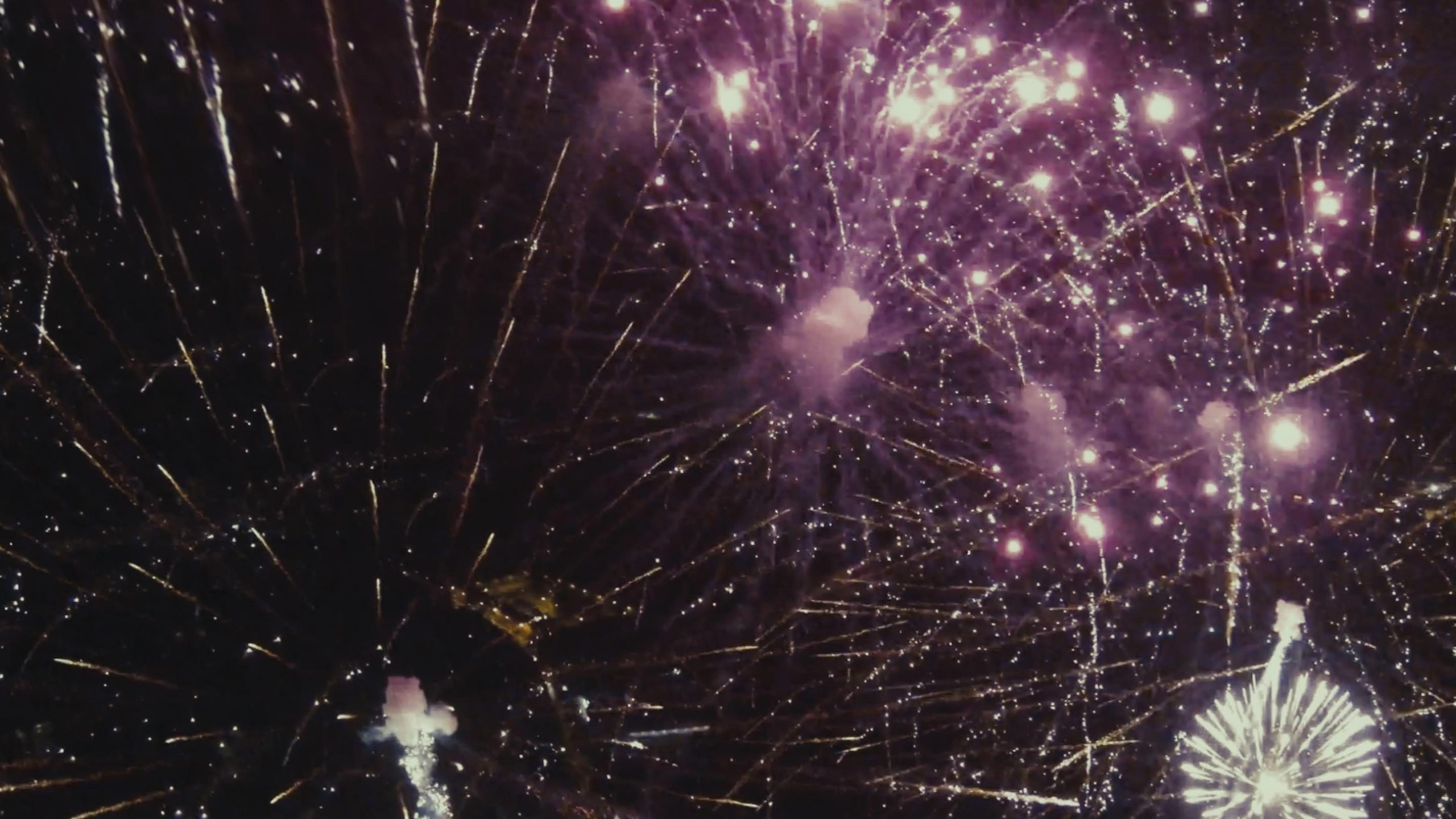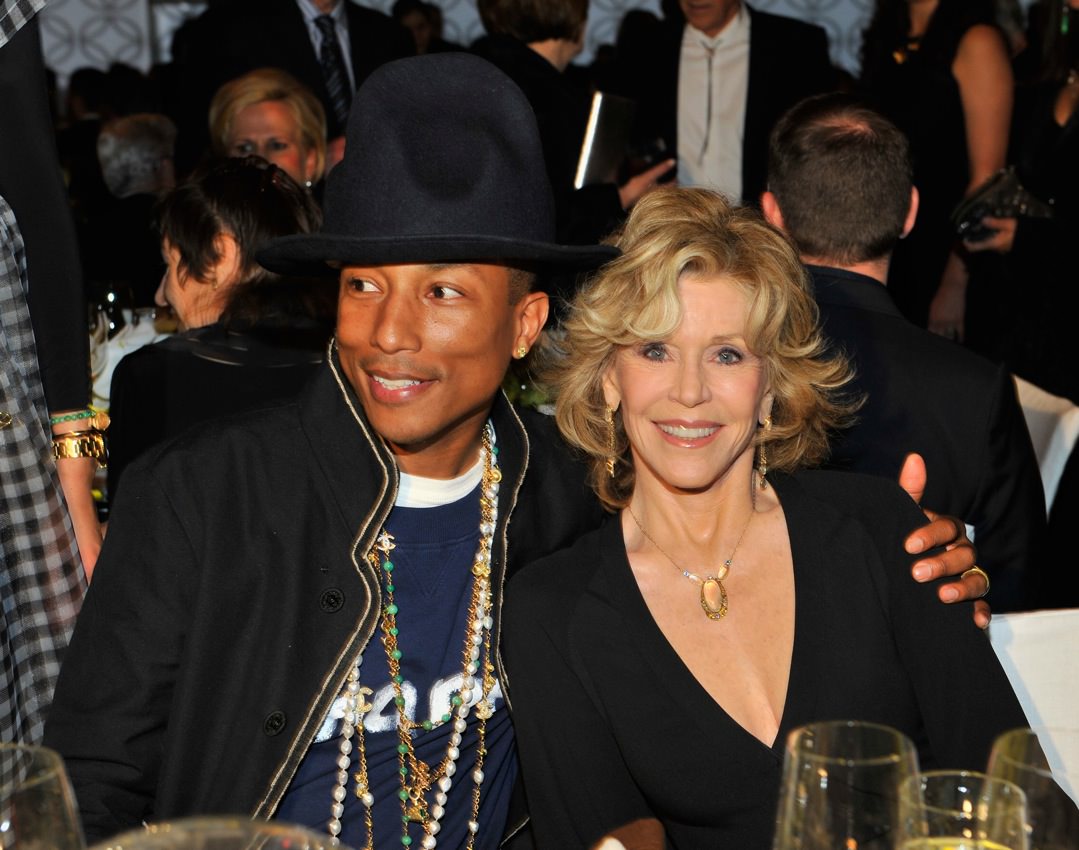American musician Moby has a new photography exhibition on view in New York that portrays a conceptual, post-apocalyptic world. On view at Emmanuel Fremin Gallery, “innocents” explores the oddities in our society set against the rural backdrop of the artist’s Los Angeles home. This latest body of work is a shift in Moby’s style from documentation-based to conceptually-based photography. This series of photos include stylized depictions of a group of masked figures known as the “cult of innocents.” Whitewall caught up with Moby to unmask the face of his post-apocalyptic world, and find out more about what inspired this project.
WHITEWALL: You’ve expressed an interest in taking pictures since childhood. Could you tell us more about what first intrigued you about photography?
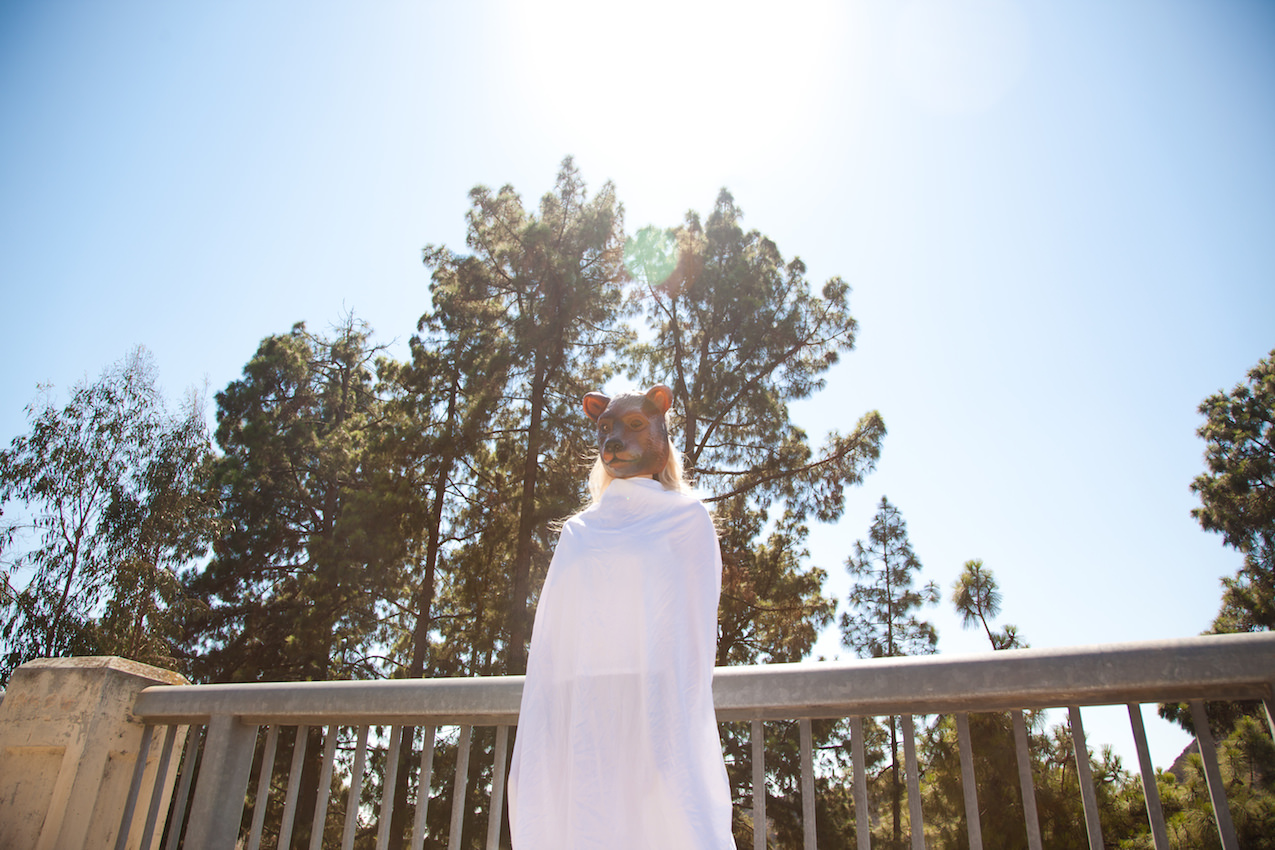
stages, 2013
MOBY: One of the first things that interested me in photography was the magic of the craft. My uncle would spend hours and hours working in the darkroom; he seemed like an alchemist. He would start with basically nothing—film, some chemicals, and a piece of paper—and end up with a fully realized, beautiful image; and this seemed like alchemical magic to me. When he showed me how to use my Nikon F, how to develop film, and print pictures, it seemed like I was being given entry into some early magical, alchemical, bizarre world. Also, when I was growing up, we only had one art book by Edward Steichen, and I would spend hours and hours looking at these early 20th-century black-and-white images and fall in love with them.
WW: In your previous photographic exhibitions “Destroyed” and “Crowds” you documented life on tour, while “innocents” is very different from your life as a musician. Could you explain this shift in subject matter?
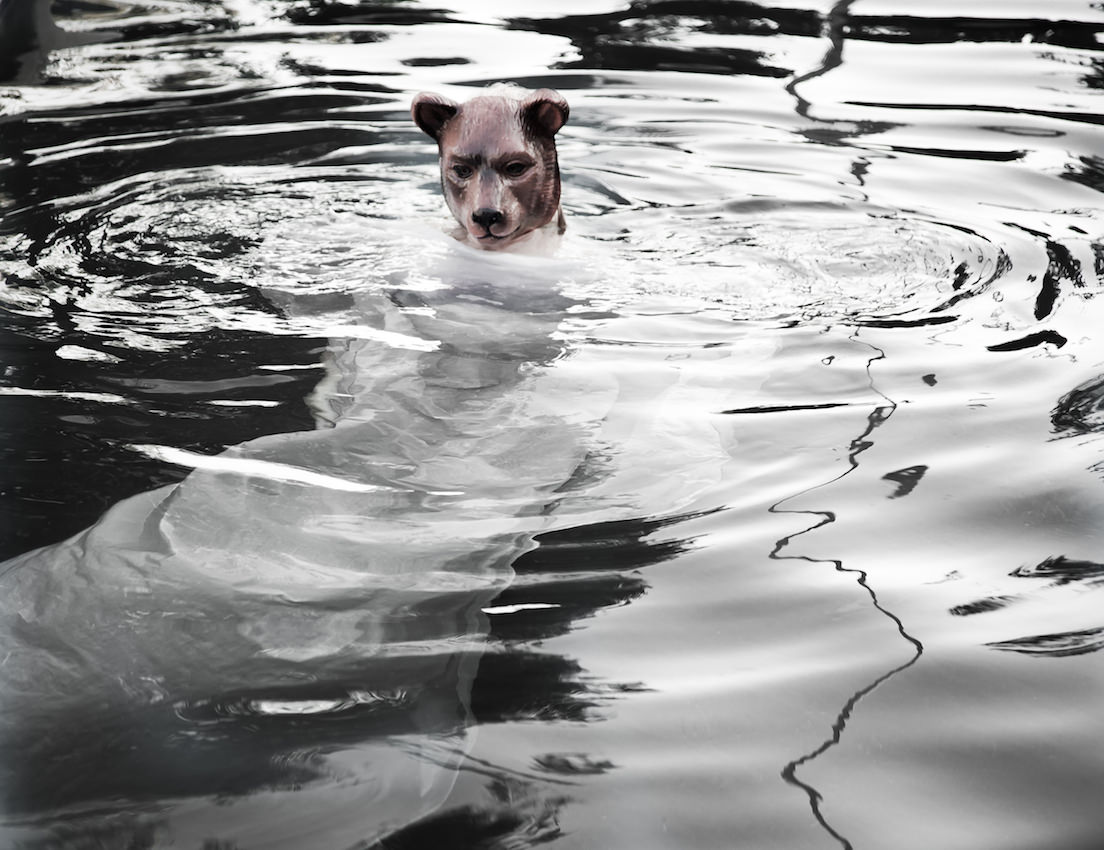
moby
M: Some of the earlier pictures that I took were more like reportage photos of things that I saw on tour and environments that I had access to that I didn’t think other people would normally have access to. I was taught at an early age that one of the photographer’s goals is to identify things that they can see that other people can’t, and take pictures of them. The newer images for “innocents” were much more conceptual and thematic and for some reason, shooting more conceptual, almost scripted photography interests me a lot more these days.
WW: Does photography allow you to express certain things that you feel music cannot?
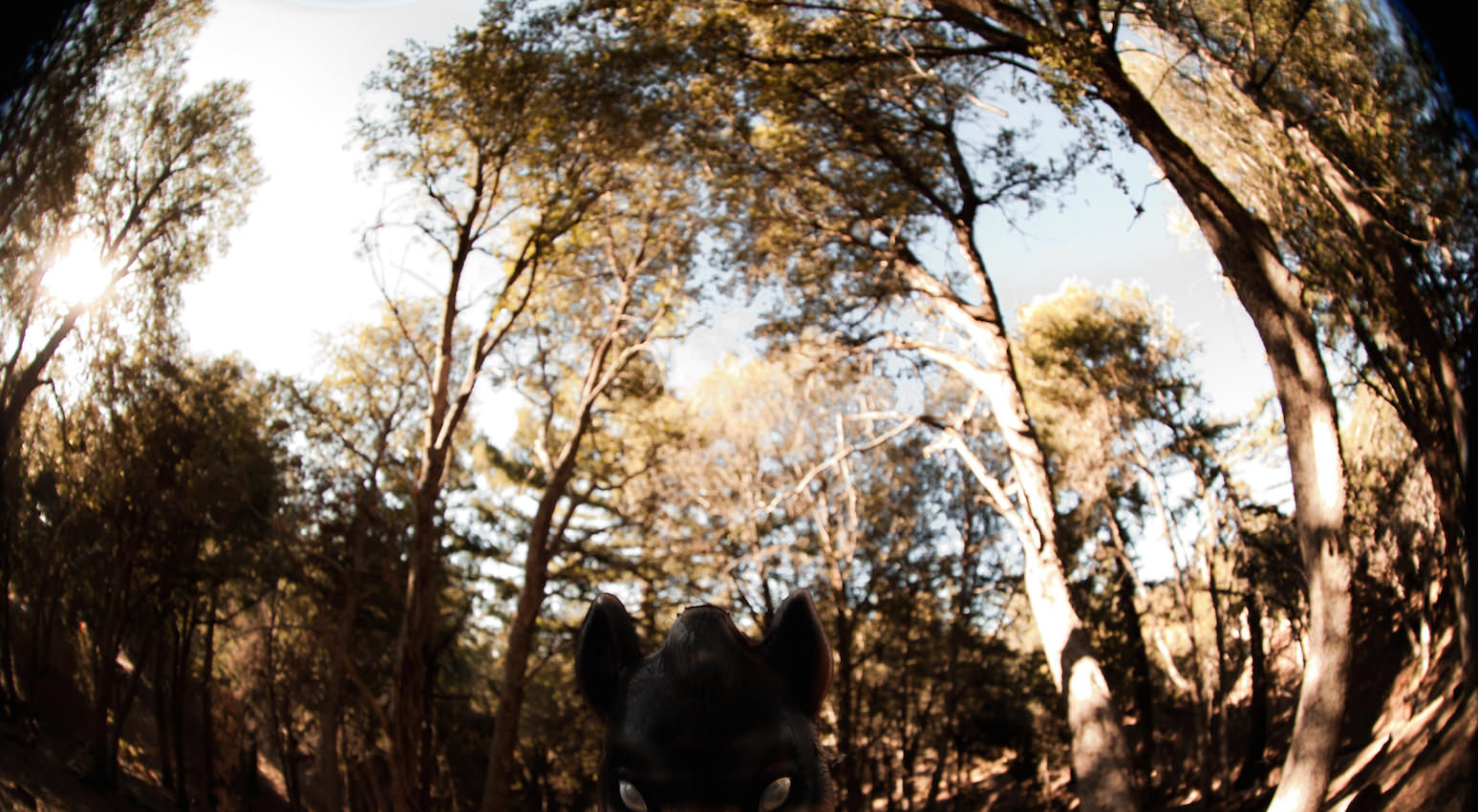
park, 2013
M: For me, photography is a static document, even if it is documenting things that are not in any way static. Music is temporal and contextual with the context being provided often times by the music itself. Photography is a fraction of a second documented for perpetuity and displayed in a very static form. As a result, I love working with both music and photography because they enable different parts of my strange, creative mind.
WW: All of your subjects wear masks in “innocents.” Do certain masks connote particular ideas? What exactly do the masks seek to cover?
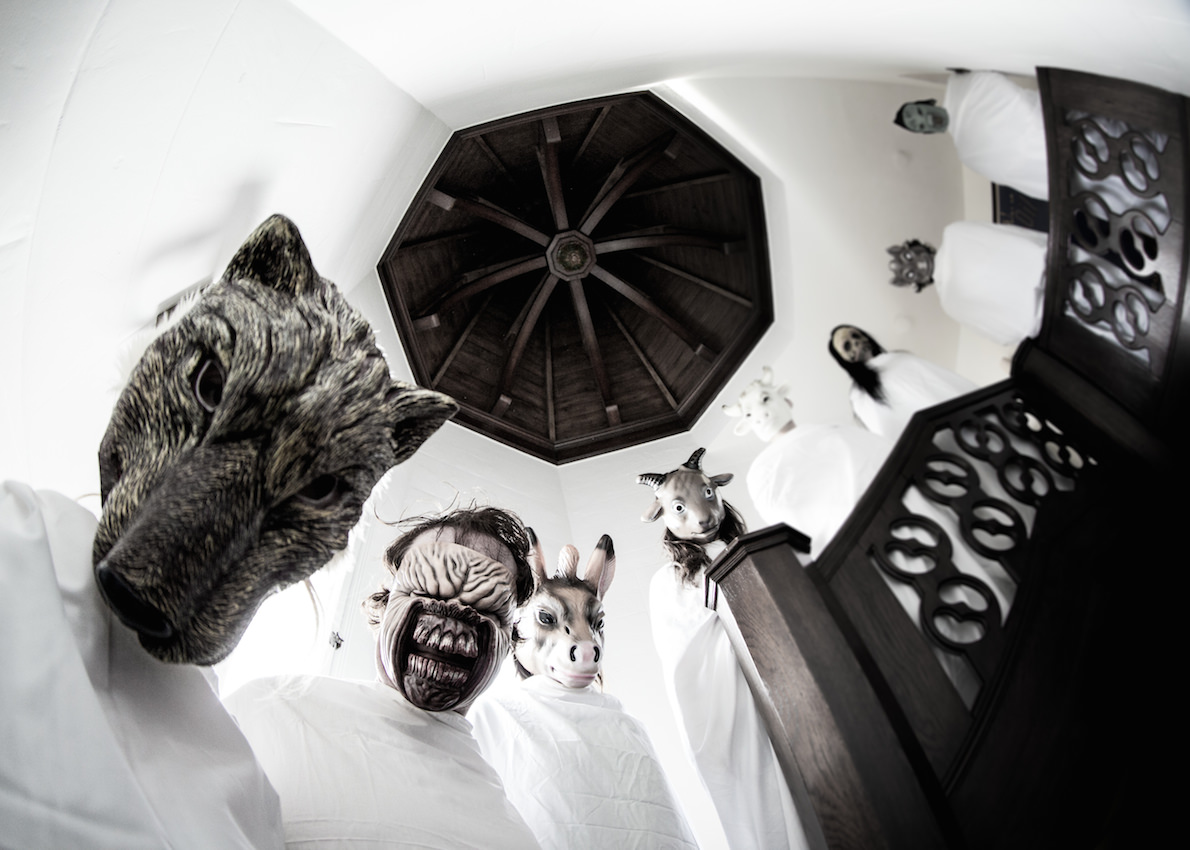
moby
M: The characters in the “innocents” pictures are wearing masks partially because they are ashamed of what our species has been doing for the last few thousand years, but also because they are based in Los Angeles and a lot of them are theatrical.
WW: The photographs were all taken around your property in L.A. Do you find that this photo series is a reflection of Los Angeles?
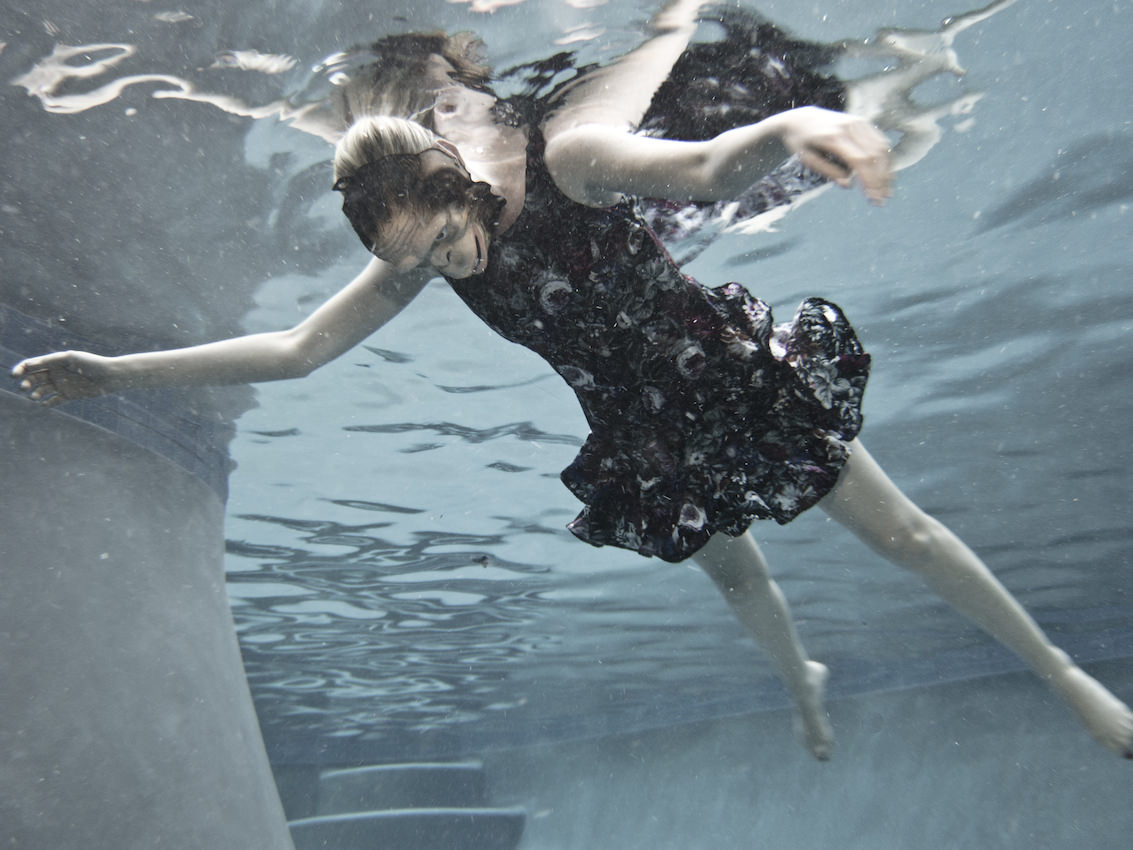
masters, 2013
M: The pictures in “innocents” reflect Los Angeles because L.A. is a vast byzantine, baffling, and sprawling megalopolis that is also filled with very strange and paradoxical elements. To me, L.A. feels like the first city of the apocalypse, and I really wanted conceptually to have that spirit of a baffling post-apocalypse represented in a very odd suburban and rural setting to inform the work of “innocents.”
WW: There’s an appropriately eerie feeling around this set of apocalyptic photographs, but I find that the title “innocents” connotes a sort of positive component or redeeming quality of the subjects depicted. Would you say that there are positive aspects within this body of work?
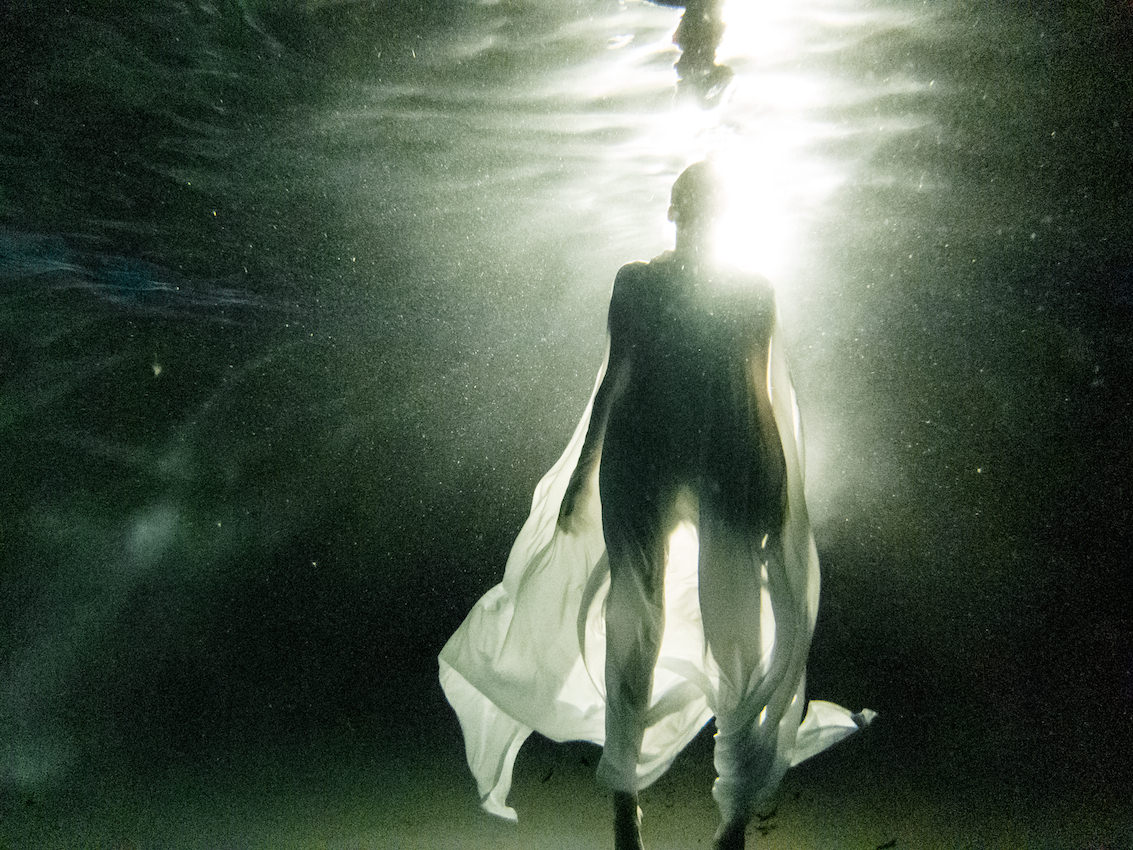
moby
M: In so far as the apocalypse is unfolding, I like to think of it as a benign apocalypse, one informed by reason and empiricism and a more collaborative, feminist approach towards each other, the world in which we live, and the natural environment. The old world of patriarchy, competition, aggression and unreasonable belief systems seem to be very much at odds with this new matriarchal, benign apocalypse. I think that most of the conflicts in the world stem from the old guard viciously fighting and opposing this inevitable change.
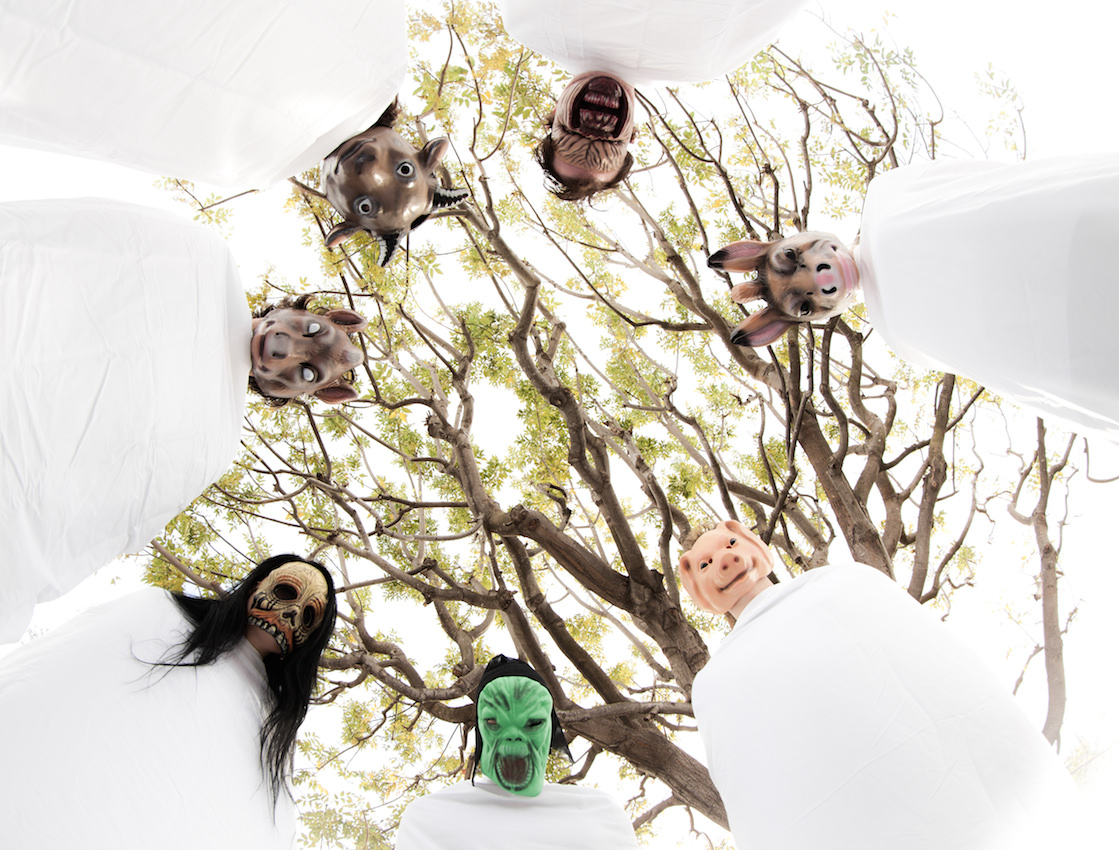
leadership, 2013
Moby’s “innocents” is on view at Emmanuel Fremin Gallery through December 30.





